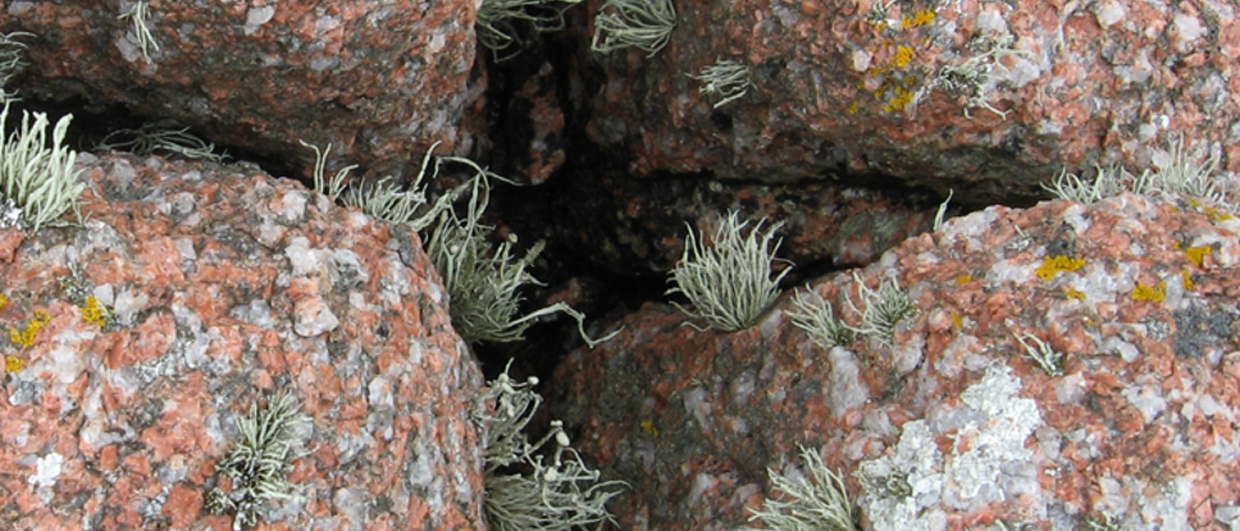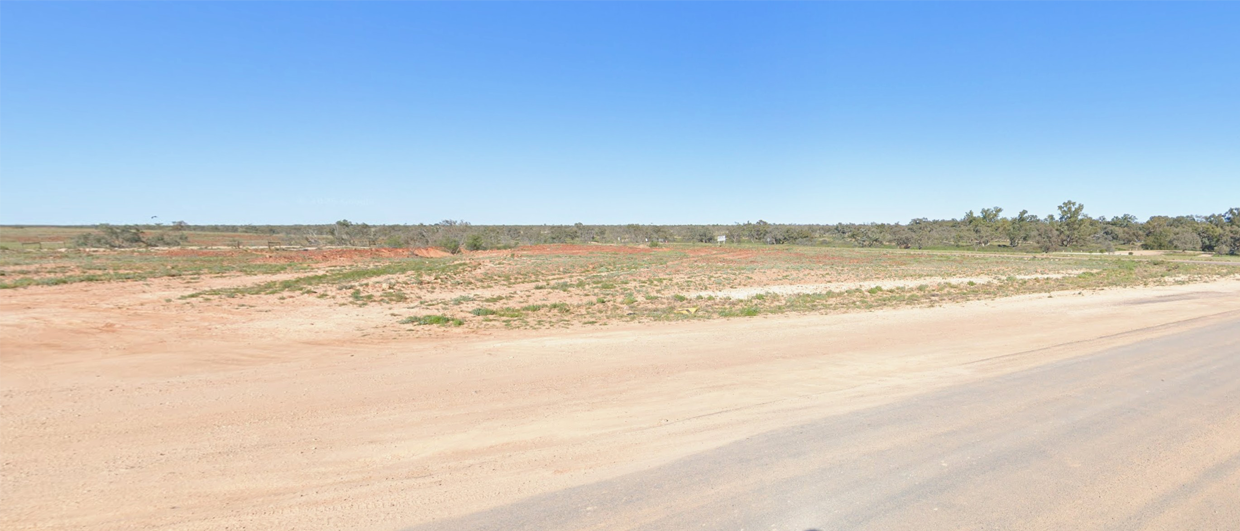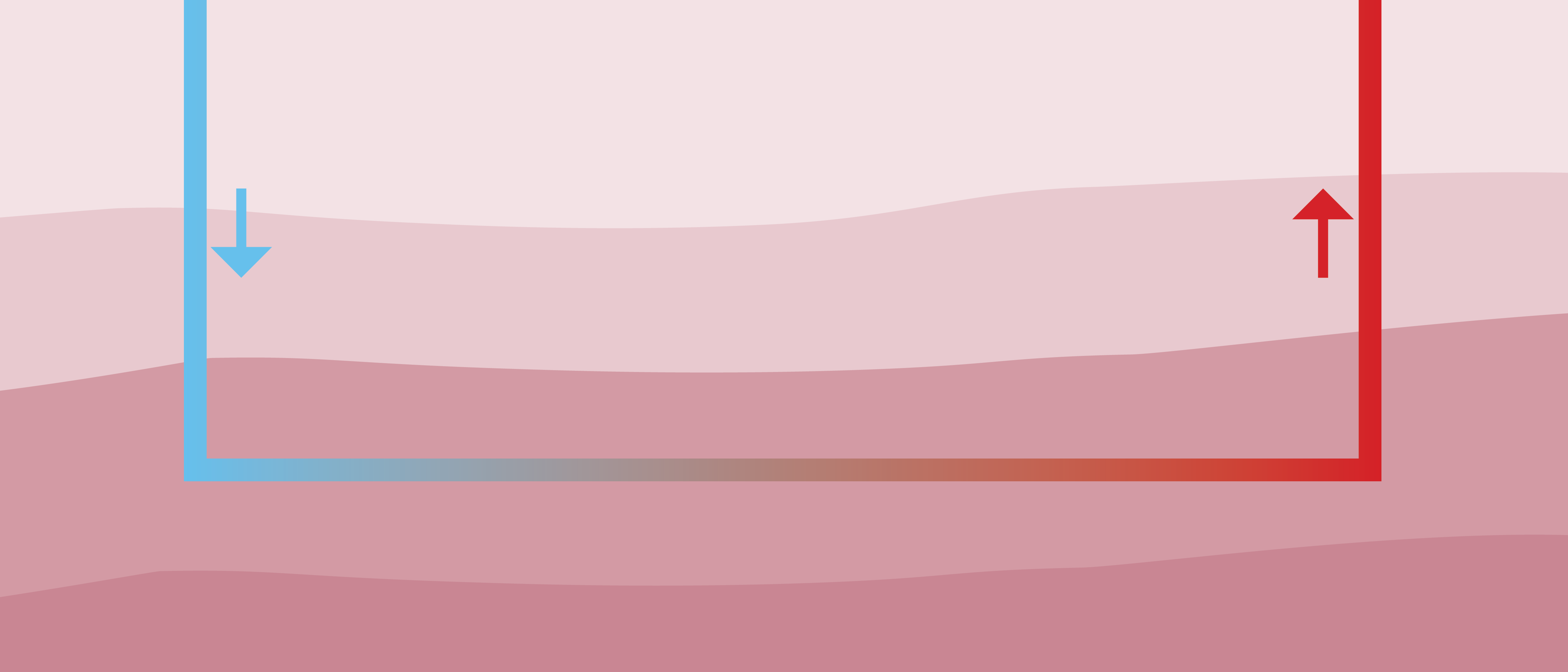With early signs of high temperatures and good permeabilities at the target depth, the first well drilled at Biomes in Cornwall by the Eden Geothermal project in southwest England provides encouraging results.
The well reached a total depth of 5,277 m along hole (4,871 m TVD), making it the longest well drilled onshore UK. It is not the deepest well however; that record goes to the recently drilled “neighbouring” borehole at the United Downs geothermal project, which terminated at 5075 m TVD.

The Eden Geothermal project is very similar to the United Downs geothermal boreholes some 30 miles further to the southwest. Both projects aim to produce water from a permeable fault zone in the granitic basement rocks of Cornwall. In case of the United Downs project, temperatures of around 188° C have been measured at the bottom of the well. This is enough to produce electricity directly, which is currently planned.
Richard Day, Chairman of Eden Geothermal Limited, said: ‘’Geothermal energy offers a real opportunity for the oil and gas industry to transform itself and become part of the solution to the environmental challenges the world is facing.
The next challenge will be to drill a second well on the site, close to the first and to a similar depth.
Once complete, the two-well Eden Geothermal project has the potential to supply renewable heat to Eden and neighbouring industries equivalent to supplying renewable electricity to that consumed by around 14,000 homes. This equates to close to 5 million m3 of gas.
Interested in future drilling activity in the Norwegian sector? Attend the NCS Exploration Strategy Conference in Stavanger – 17-18 November and hear from 20 operators what their plans and visions are.
Further research
The map above shows the main granitic plutons as present in Cornwall. Although these have been subject to research at surface, the deeper geology is virtually unknown. That is why both the United Downs and Eden wells provide a lot of useful information, which is already being used for several research projects.
One of those projects is focusing on the geothermal capacity of the granite and further studies the effect of variations in granite on heat production and how fracture and vein systems control reservoir permeability, while a second project looks at the estimation of geothermal resource in place within deep fault systems.
HENK KOMBRINK





